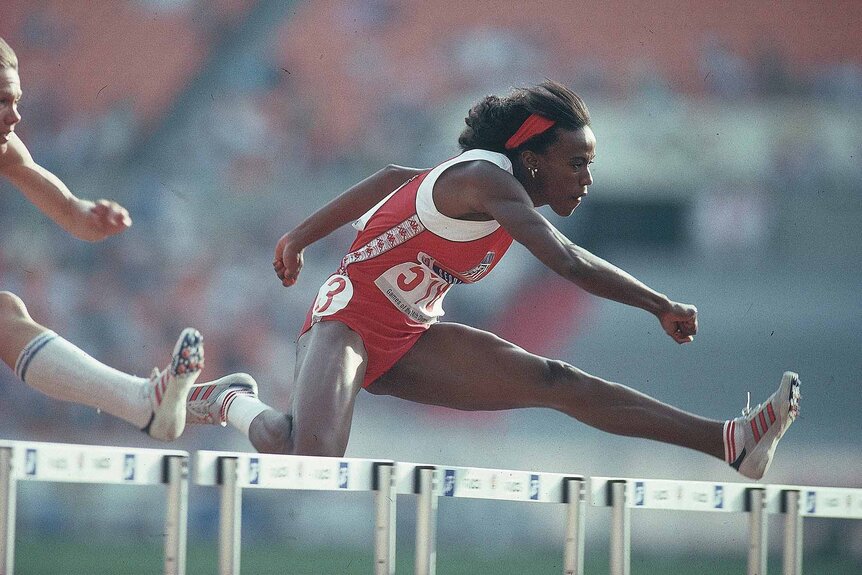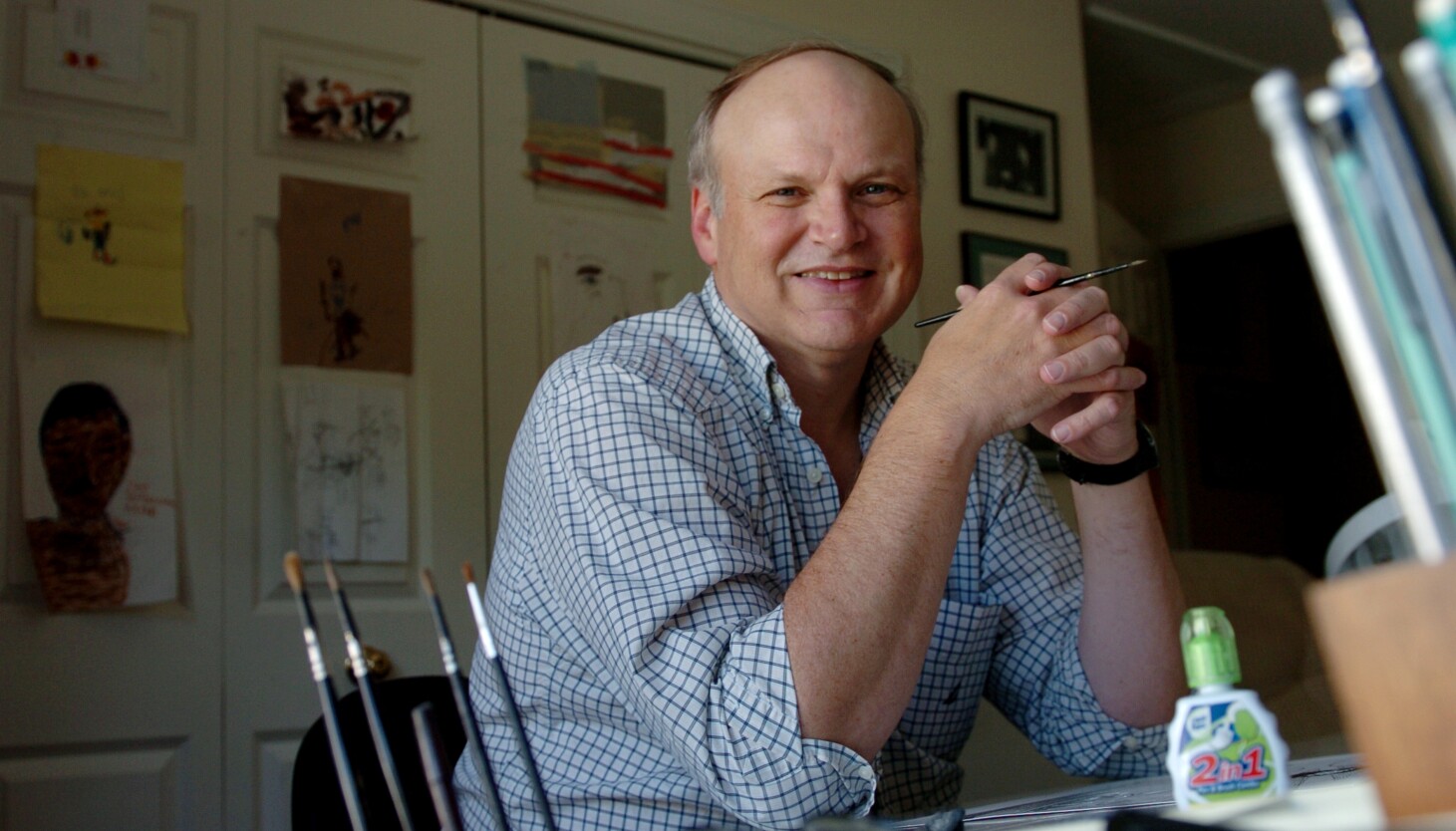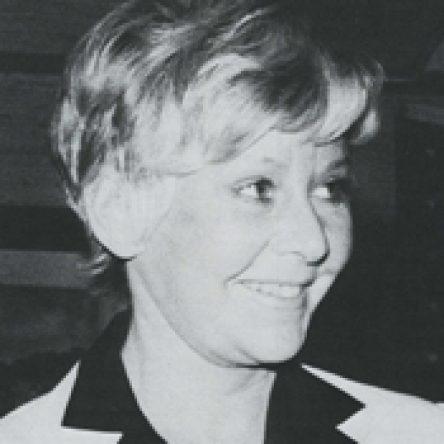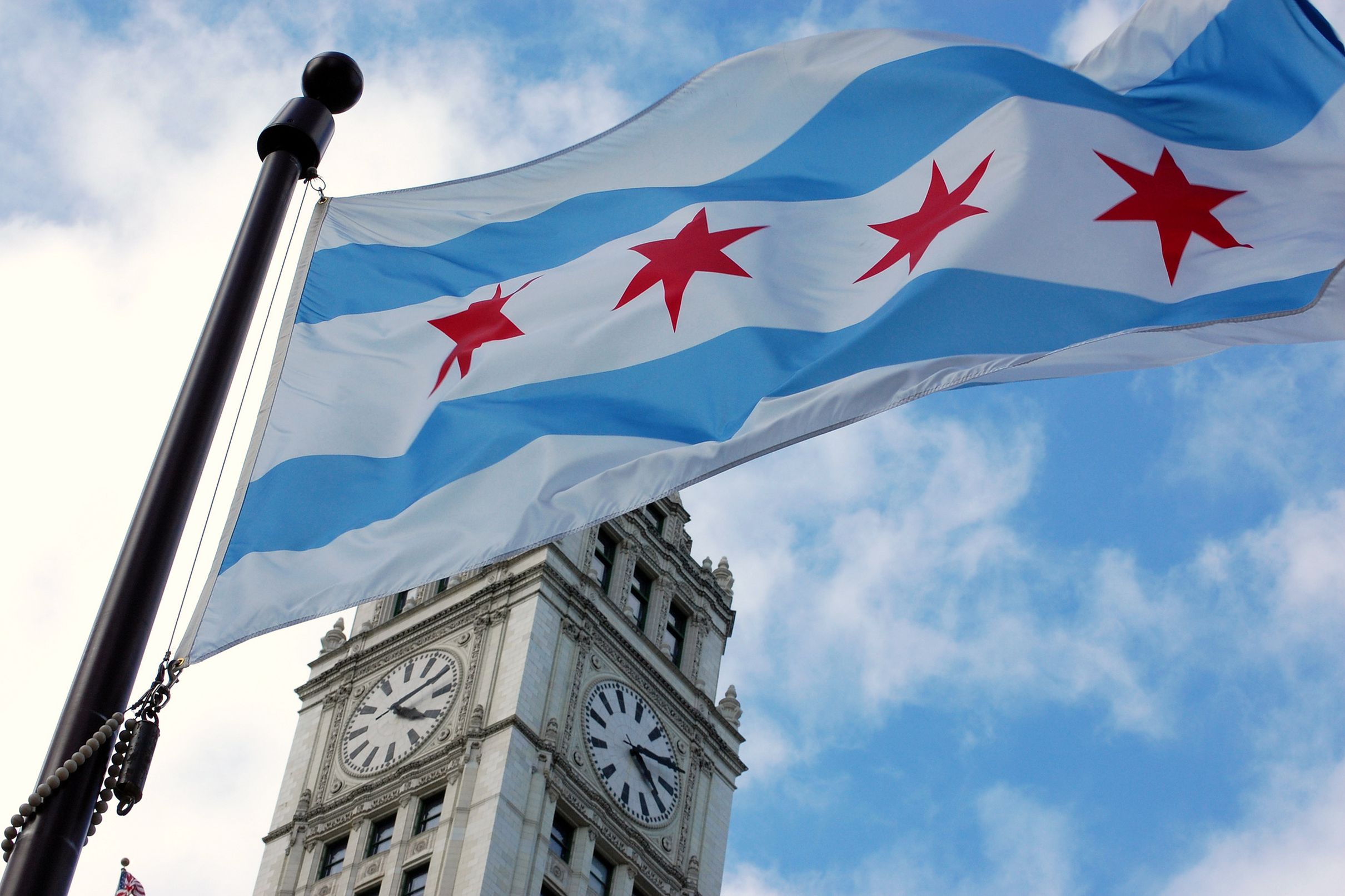- Details
 Did you know Illinois has brought home 40 gold medals, the fourth most Olympic gold medals won of any state? From the court, to the pool, to the track, Illinois has made a lasting impact on the Olympics.
Did you know Illinois has brought home 40 gold medals, the fourth most Olympic gold medals won of any state? From the court, to the pool, to the track, Illinois has made a lasting impact on the Olympics.
- Details

May 5 is National Cartoonist Day. Did you know Illinois was home to Jack Higgins, a Pulitzer Prize- winning cartoonist?
- Details

First Female Mayor of Chicago
Did you know Chicago’s first female mayor was elected in April 46 years ago? On April 3, 1979, Democrat Jane Byrne defeated Republican Wallace D. Johnson. She was sworn in on April 16, 1979.
Byrne got her start as a volunteer on John F. Kennedy’s 1960 campaign for president, where she met infamous Chicago Mayor Richard M. Daley. Eyeing Byrne’s enthusiasm and talent, Daley asked Byrne to several positions culminating in chairperson of the Cook County Democratic Central Committee.
She entered the race for Chicago mayor in 1979, challenging incumbent mayor Michael A. Bilandic. Byrne defeated Bilandic 51% to 49% and winning to general election with 82.1% of the vote, the largest in Chicago mayoral election history.
As mayor, Byrne appointed the city’s first African American and female school superintendent, Ruth B. Love and was the first mayor to recognize the gay community. She ended the police’s practice of raiding gay bars and created the first Chicago “Gay Pride Parade Day” in 1981. Byne was a supporter of the arts and funded art institutions around the city and came up with the idea for a unified lakefront museum campus, renovating Navy Pier and expansion of O’Hare International Airport.
- Details
 110 years ago today, the Chicago Municipal Flag Commission was created to design a flag for the city. The commission introduced a competition to the public as a way to generate ideas, and more than 1,000 applications were received. In the end, it was Wallace Rice, a writer and poet from the city and the competition’s creator, whose design was chosen. The flag was officially adopted by the state in 1917, yet it was not quite the same Chicago flag that flies today.
110 years ago today, the Chicago Municipal Flag Commission was created to design a flag for the city. The commission introduced a competition to the public as a way to generate ideas, and more than 1,000 applications were received. In the end, it was Wallace Rice, a writer and poet from the city and the competition’s creator, whose design was chosen. The flag was officially adopted by the state in 1917, yet it was not quite the same Chicago flag that flies today.



